Stray Eye 3 is the latest iteration of a series of invitational exhibitions originally conceived of by Merve Denizci and Doğancan Yılmaz in their eponymous arts space, Non Sight, and collaboratively organized by artists who have partaken in previous iterations of the series. Inspired by the history, evolution, and urban ecosystem of spaces, and tracking the artists’ keen observations and experiences within them, artists Esra Oskay, Didem Erbaș, Gizem Ünlü, Mehveş Leliç, and Merve Ünsal respond to the architectural, environmental, societal, and theoretical vestiges of public or private structures transposed into the artistic environment.
Stray Eye 3 pivots on a lack of prescription: there is no chronological or procedural order to how the viewer should read such responses. An artist’s response to any physical space is multitudinous: it makes meaning out of omnidirectional layers. In Stray Eye 3, participating artists do not prescribe a starting or ending point, instead approaching artistic production and its relationship with its home(s) from a position of curiosity, free association, and critique. İstanbul Manifaturacilar Carsisi (IMC), where Non-Sight is located, has an urban identity that is inextricably linked with life in Istanbul, and the artists’ individual approaches closely and thoughtfully pursue these links. Thus, the artists in Stray Eye 3 focus specifically on the complex web of relationships between cultural production, commerce, environment, and monument.
A mainline exploration in the exhibition, especially through the works of artists Merve Ünsal and Esra Oskay, is the recording industry, of which IMC was in fact the epicenter. Parallel to the textiles and home décor manufacturing activity at İMÇ was a potent production line for music icons, such as Sibel Can, Orhan Gencebay, and Ferdi Tayfur. In its heyday, this production went hand-in-hand with the privatization of mass media, allowing for the rapid rise of an industry that dreamt up pop stars. İMÇ did not only produce materials; it produced culture. Artist Merve Ünsal revisits her previous creative interest in sinkholes, which, to her, serve as interfaces for environmental attunement and lead to a harmonic homeostasis. Ünsal pursues connections between this geographical concept’s sonic potential and İMÇ’s role in the history of Turkish music. Creating graphic notations that explore this process of attunement, Ünsal treats the sinkhole as an instrument that produces sounds within the confines of the gallery space in İMÇ, harkening to the similarities between the opening of a sinkhole and the opening of a human mouth to make sound. Ünsal’s work traces the close and performative connections between sound and the body, highlighting the organic foundations that bind us to our physical space.
Merve Ünsal, in collaboration with Gizem Bengisu Erenler, “sinkmouthole”,
Spatial body proposal, design, and modeling images. Digital prints, 50 x 50 cm, 2025.
Esra Oskay
“Mixed Tape”, Installation, 2025.
“ The Disappearing Artists”, Video 4’50”, 2025.
The outermost layer is music for Esra Oskay’s work as well. For many, perusing and purchasing records here was an important cultural pastime. Oskay compacts her work as cassette tape sleeves and creates a mini music store within the gallery space, inviting visitors to partake in the cultural ecosystem of İMÇ in our present day. In a separate video work, Oskay’s found footage and images make direct and exploratory connections between İMÇ’s past life as the center of the music industry with its present and developing identity as an artistic hub: there are several galleries and artist studios at İMÇ today, and a viewer can move between these spaces and engage with Istanbul’s contemporary art scene.
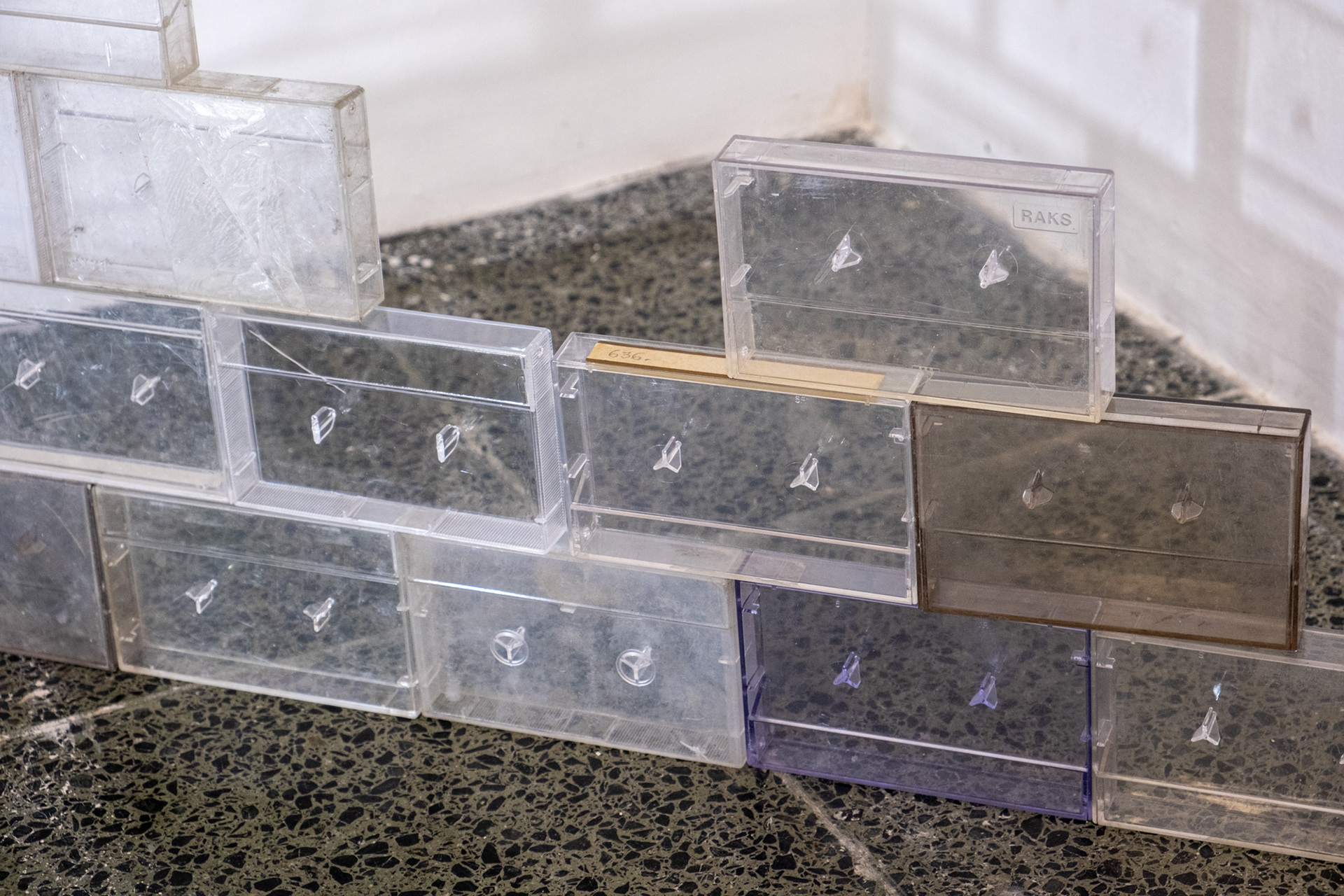
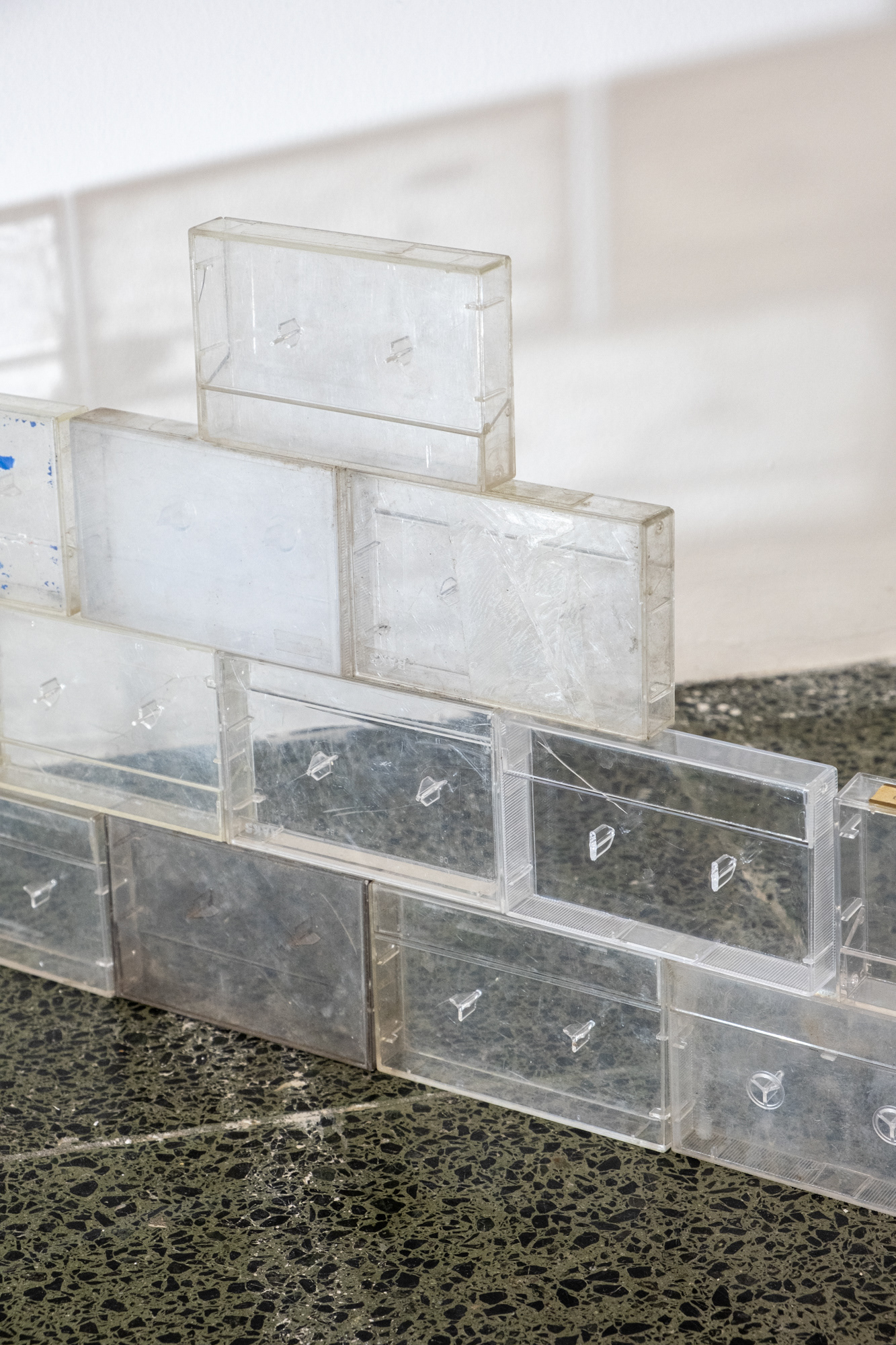
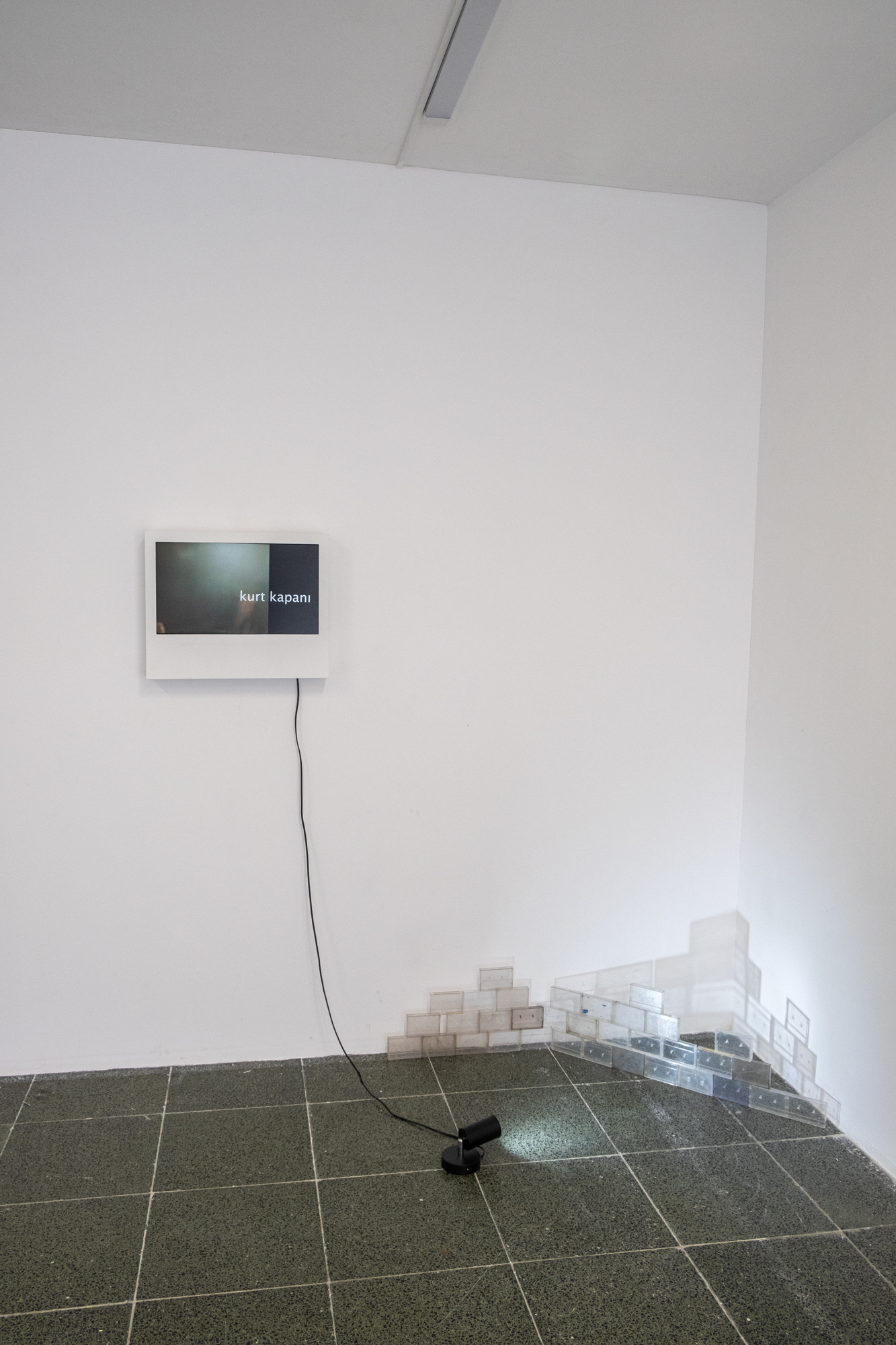
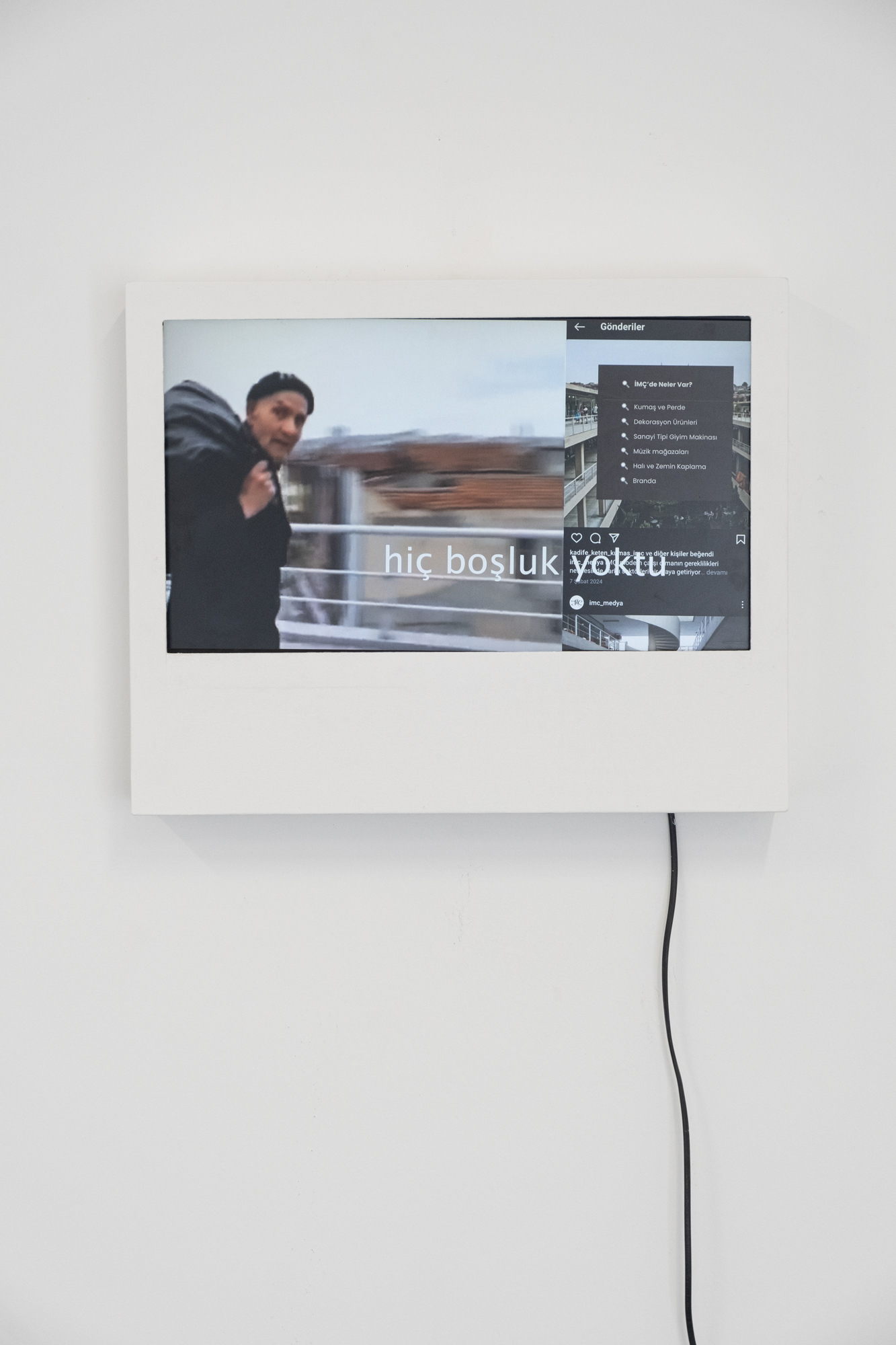
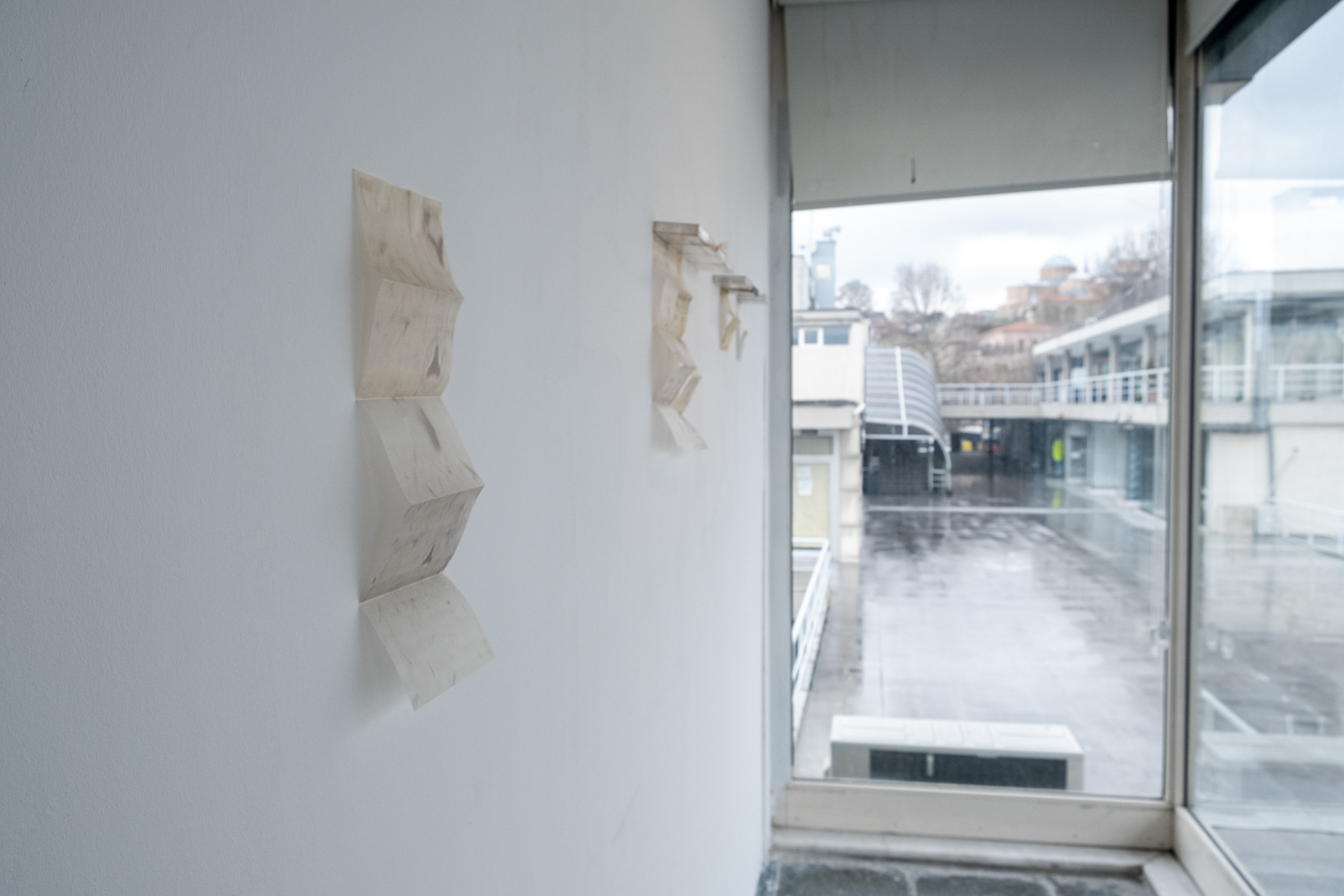
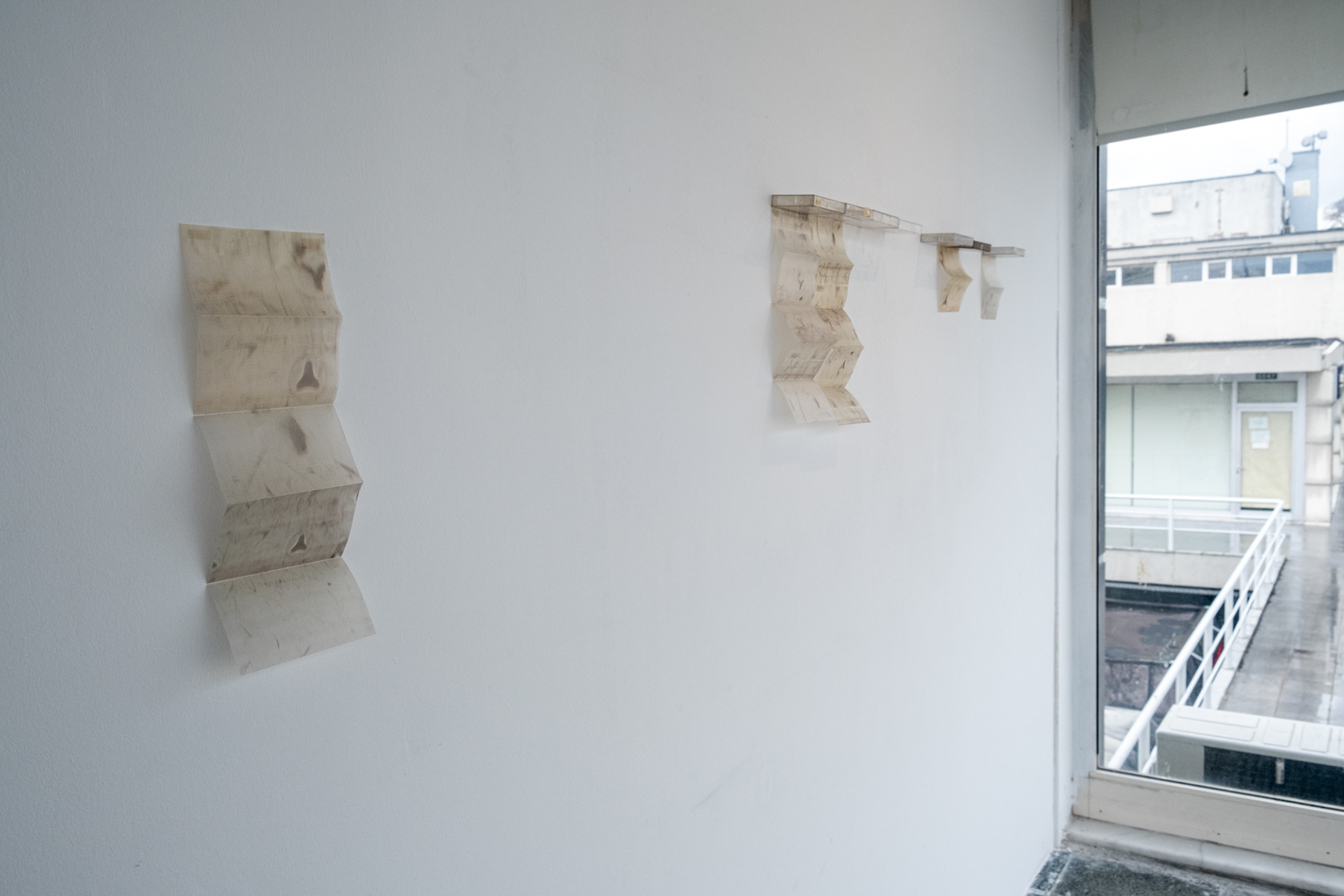
Esra Oskay
“Mixed Tape”, Installation, 2025.
“ The Disappearing Artists”, Video 4’50”, 2025.
The artists engage deeply with space and architectural identity. Gizem Ünlü treats layers of architectural texture and history as a reprise of loss and rebirth: her sculptural latex work, made in 2019, creates a 1:1 model of an exterior wall of a historic 20th century estate of a Levantine family in Kadiköy. The estate is now demolished, and its loss echoes many other spaces across Istanbul. Ünlü’s use of latex is paramount to the consideration of urban texture: unlike historic building materials, latex is mass-produced, nondescript, and replicable through modern means. The absence of the aura of the historic estate in this synthetic material is loud and signifies the destruction of collective memory, much like that of İMÇ. Ünlü intends the chosen site of the sculpture to act as a form of patching to hold together a piece of history that may be falling apart and changing its function.
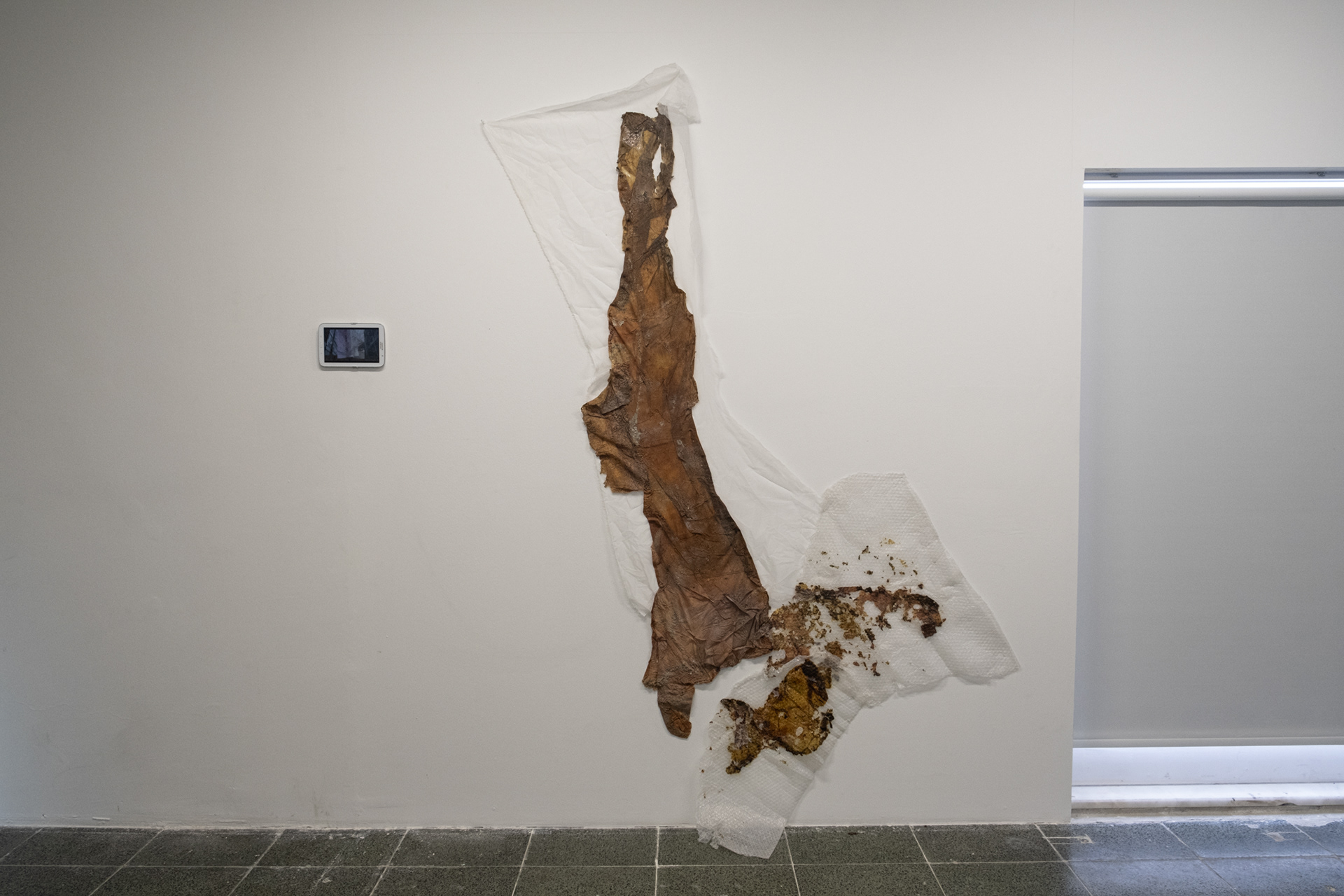
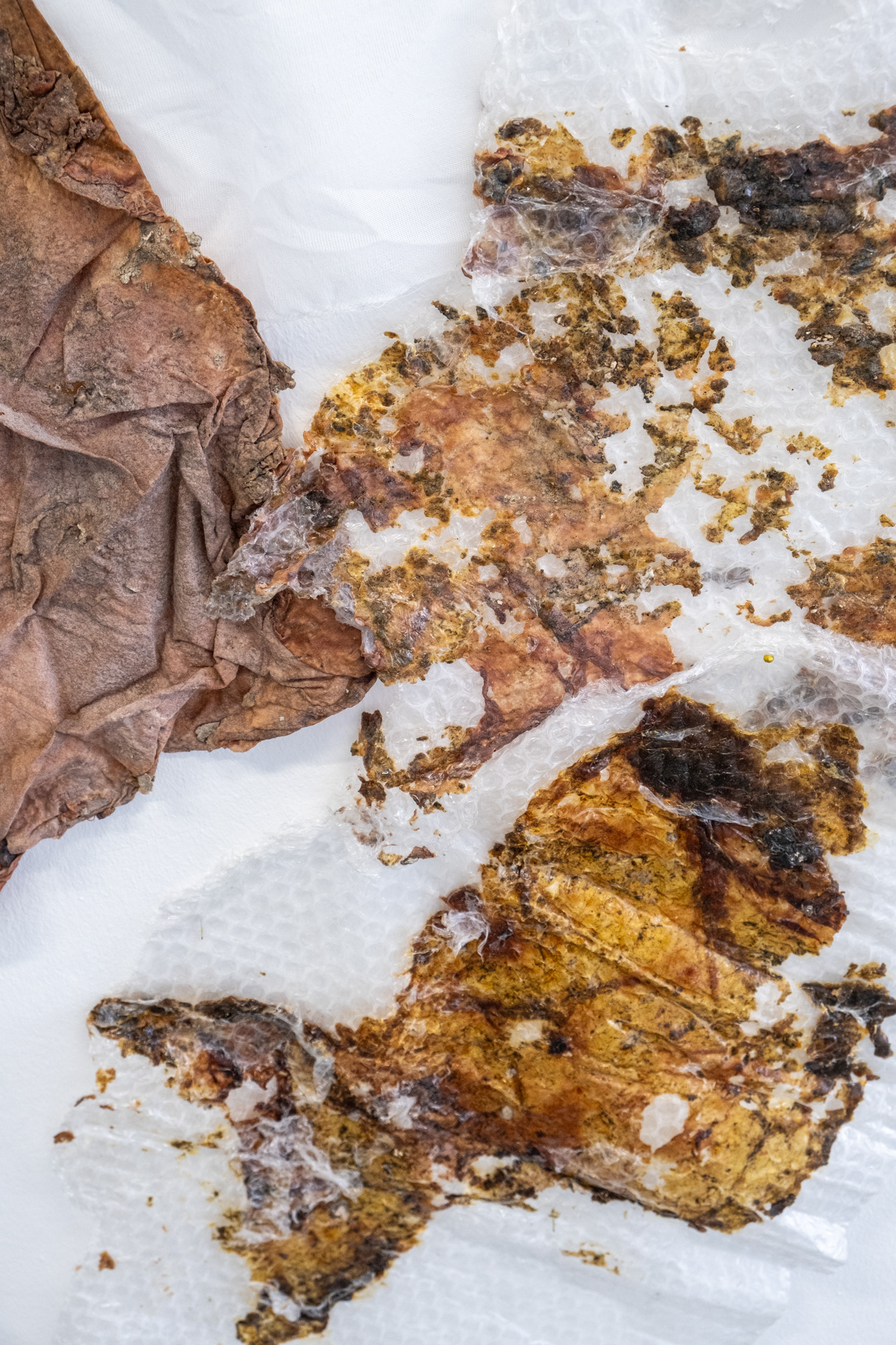
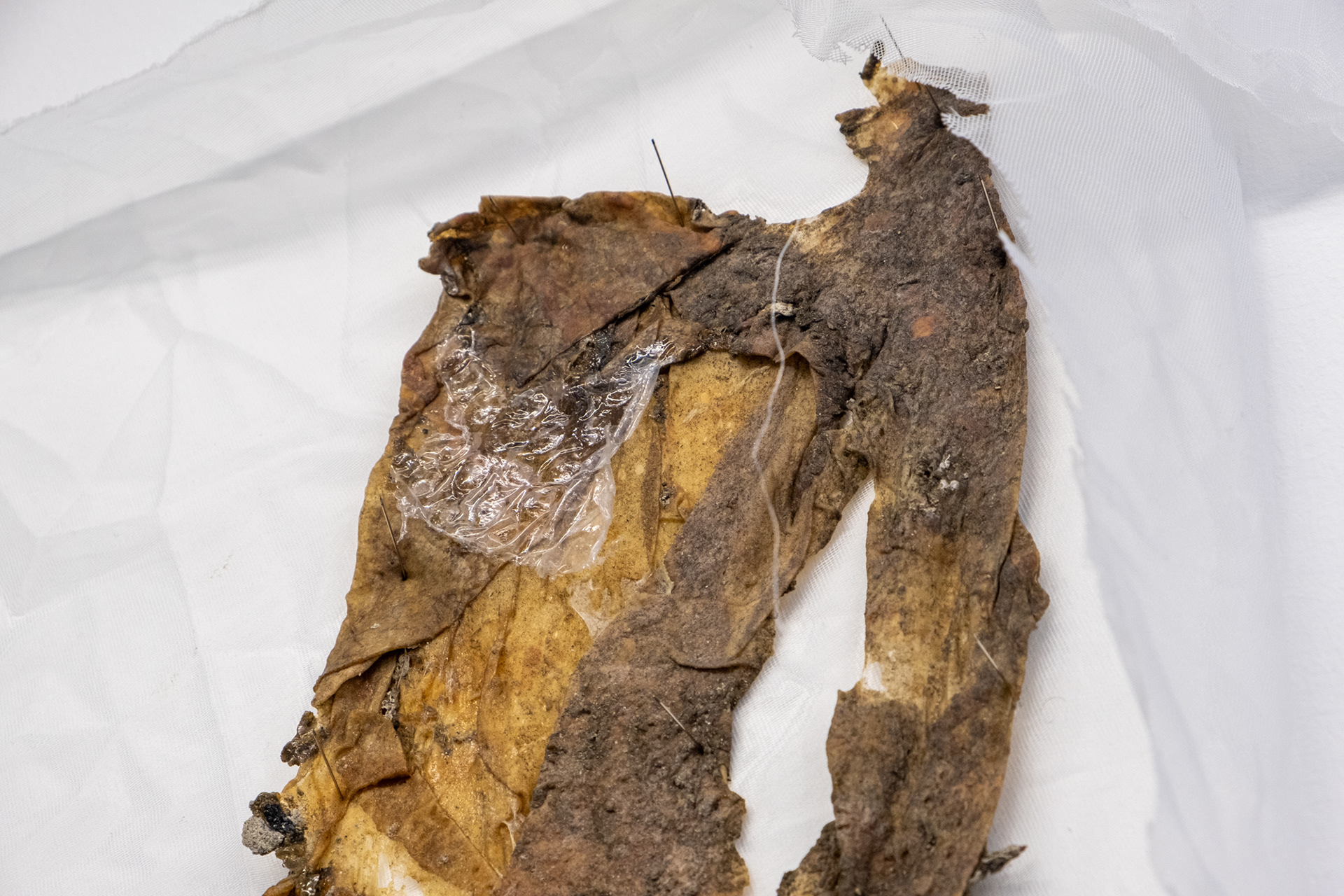
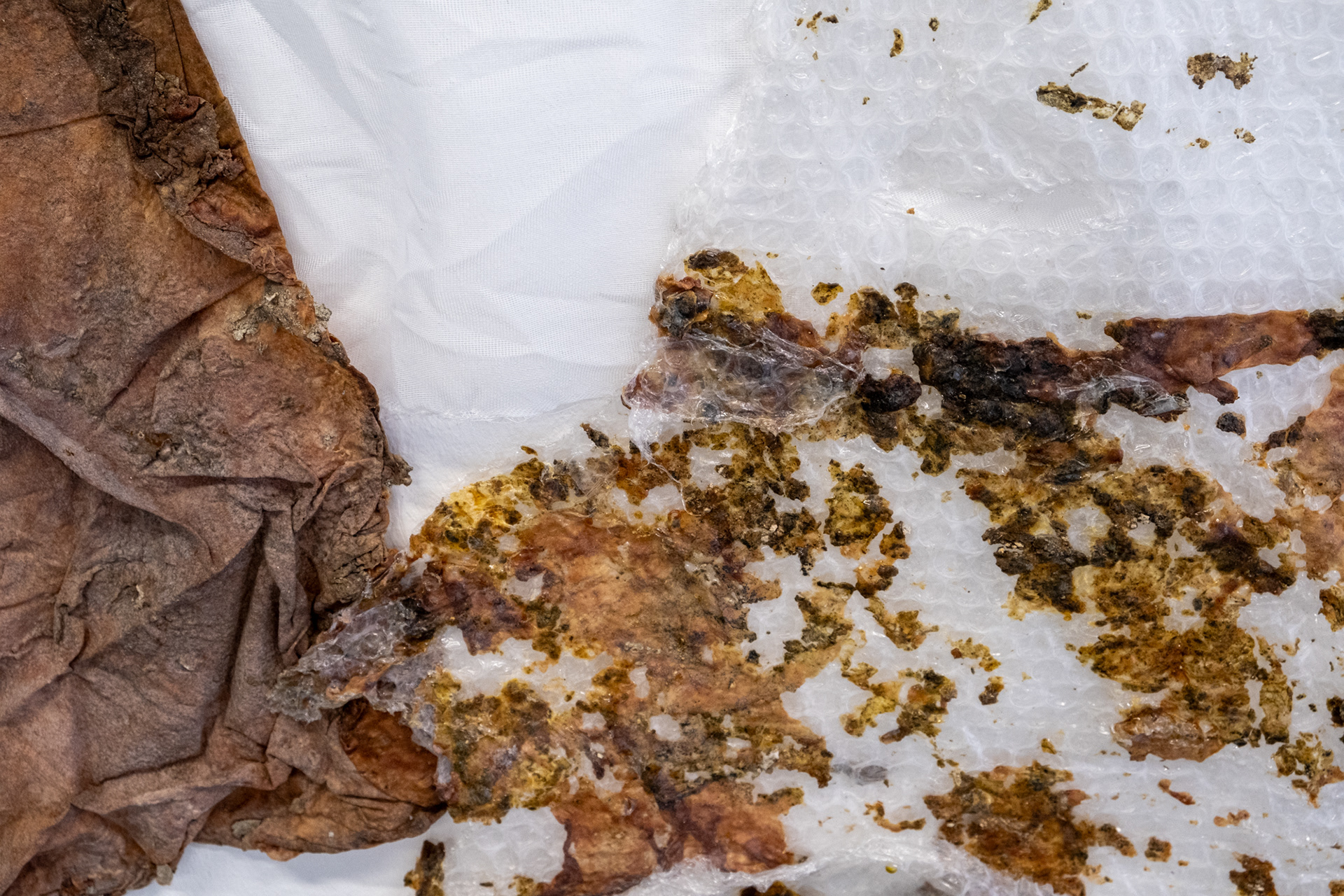
Gizem Ünlü
“A Wall Sloughing off”, Latex, fabric, needle, 2025
“landscape”, video 2’10’’, 2025
Istanbul is a city of hyperbolic oddities in terms of the different types of space and artifacts that can exist in close proximity with each other. This phenomenon presents centrally in Erbas’ work. Erbaş looks at a column erected by Kanuni Sultan Süleyman to demarcate the geometric center of the city of Istanbul during his reign. Connected to the city’s history as first the capital of the Byzantine and later the Ottoman Empire and the Islamicate world, the Green Column serves as an important artifact of the city’s syncretic urban character. Within the simultaneous confines and freedom of the gallery space, Erbaș reimagines the bottom half of the column, which has been buried by asphalt and other layers of urban growth over the centuries, and contributes to the exhibition a conceptual re-excavation that strips the column of its site, function and historical significance. Through this stripping, the column becomes a stand-in for thousands of artifacts much like it, strewn across Istanbul.
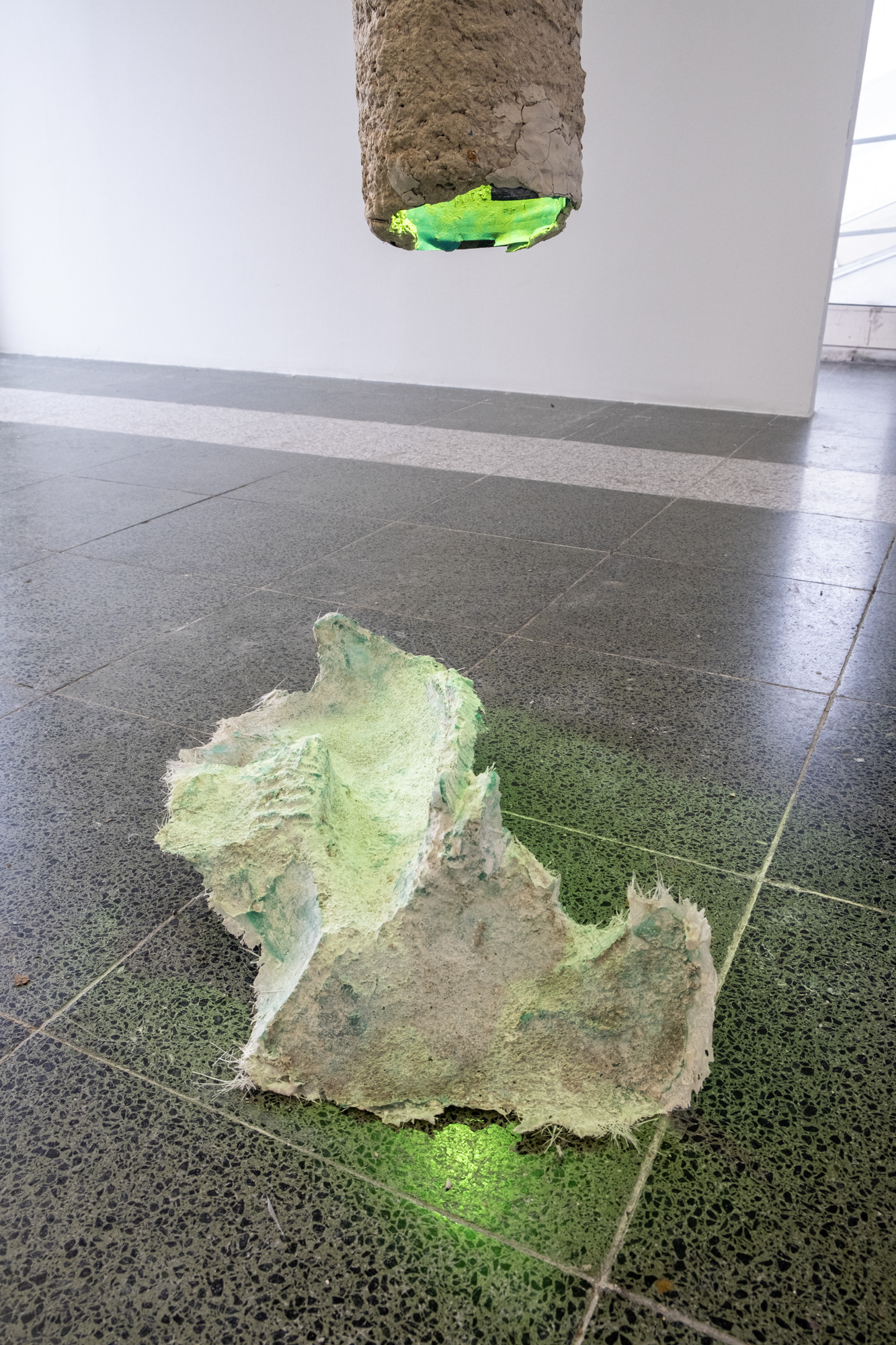
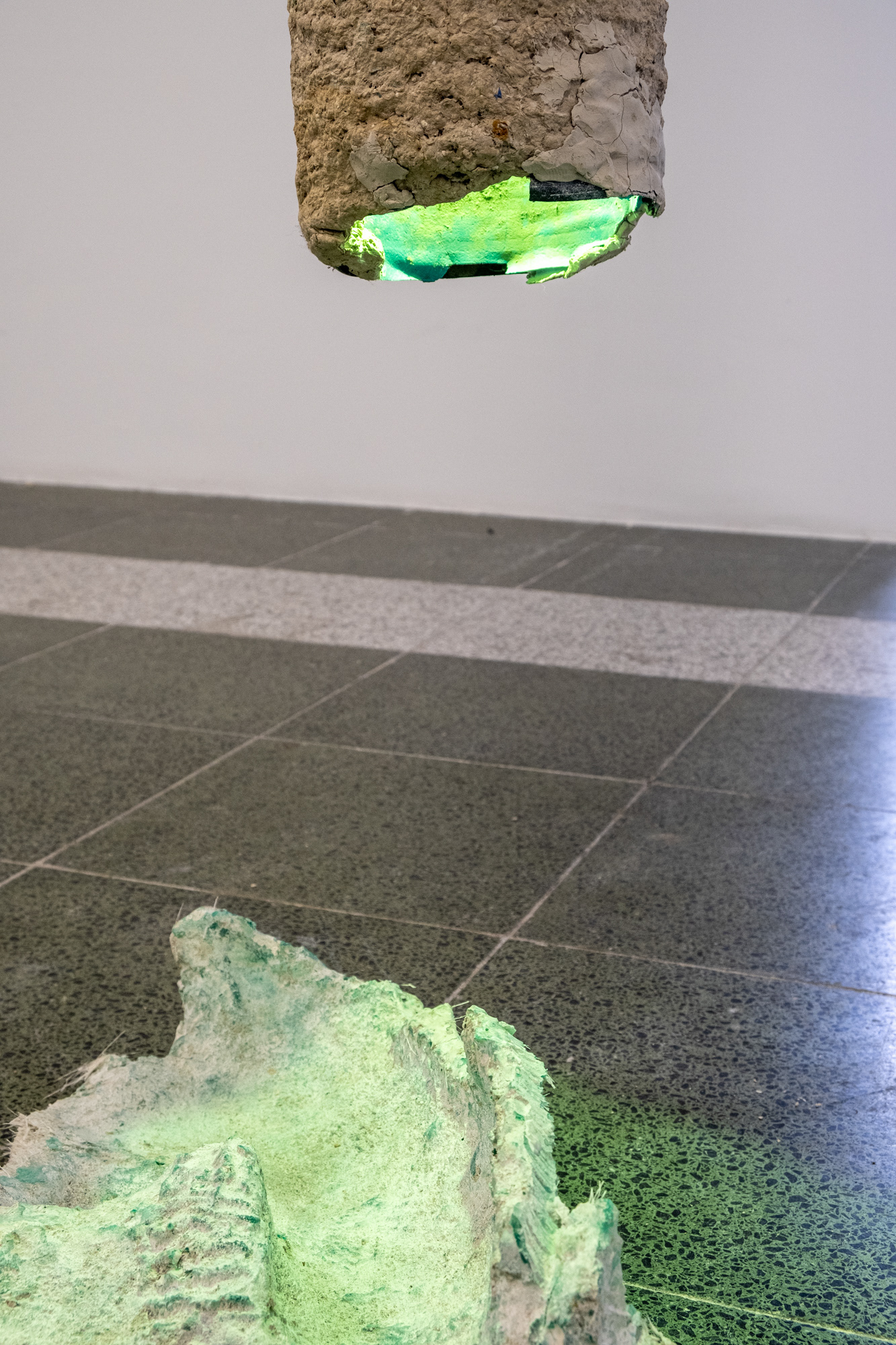
Dİdem Erbaş “The Mourning of a Column”, Sewer pipe, paper pulp, ceramic
pulp, aluminum, latex, pigment, polyurethane foam, paraffin, silver gilding,
green spotlight. 2025.
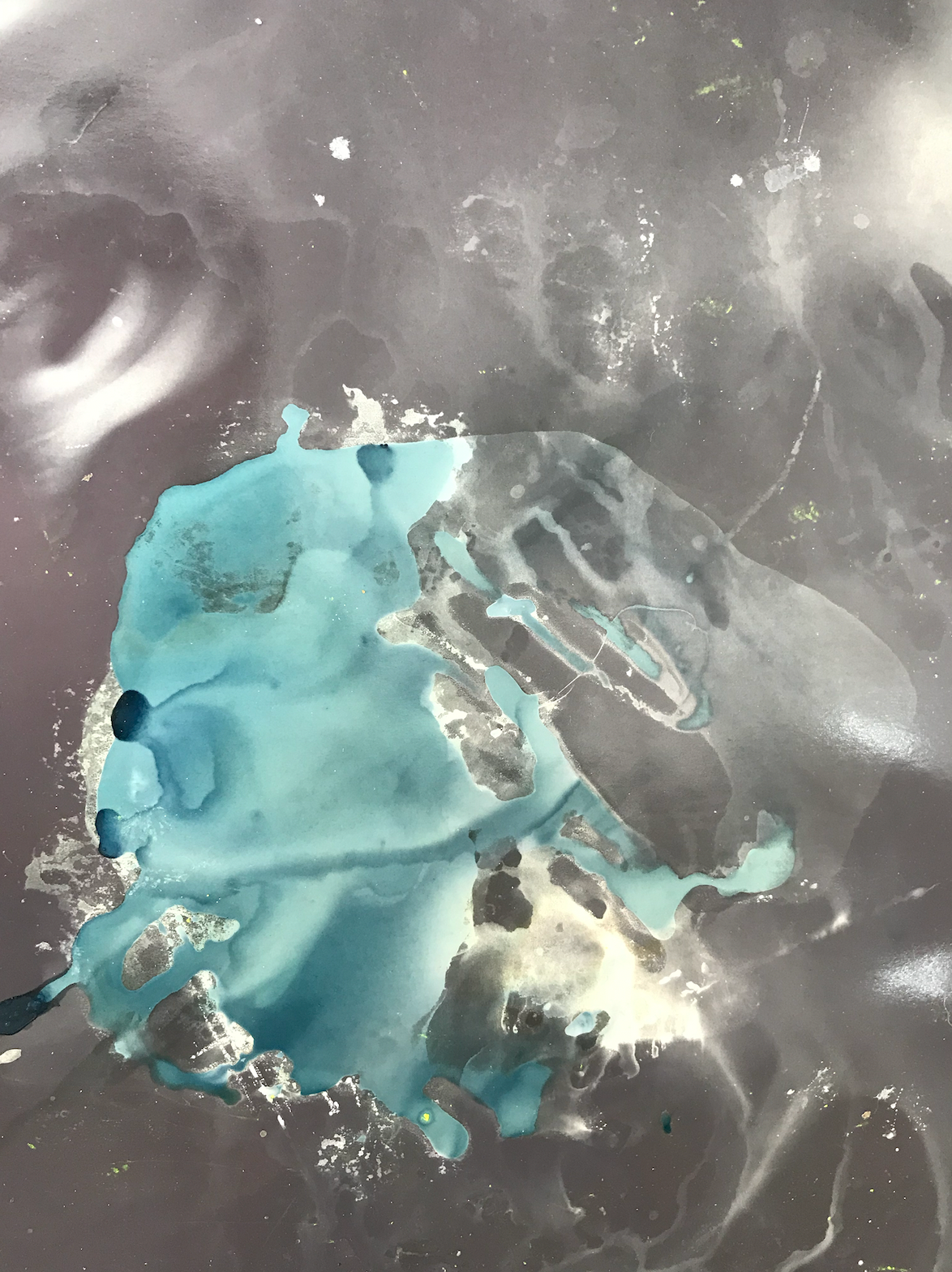
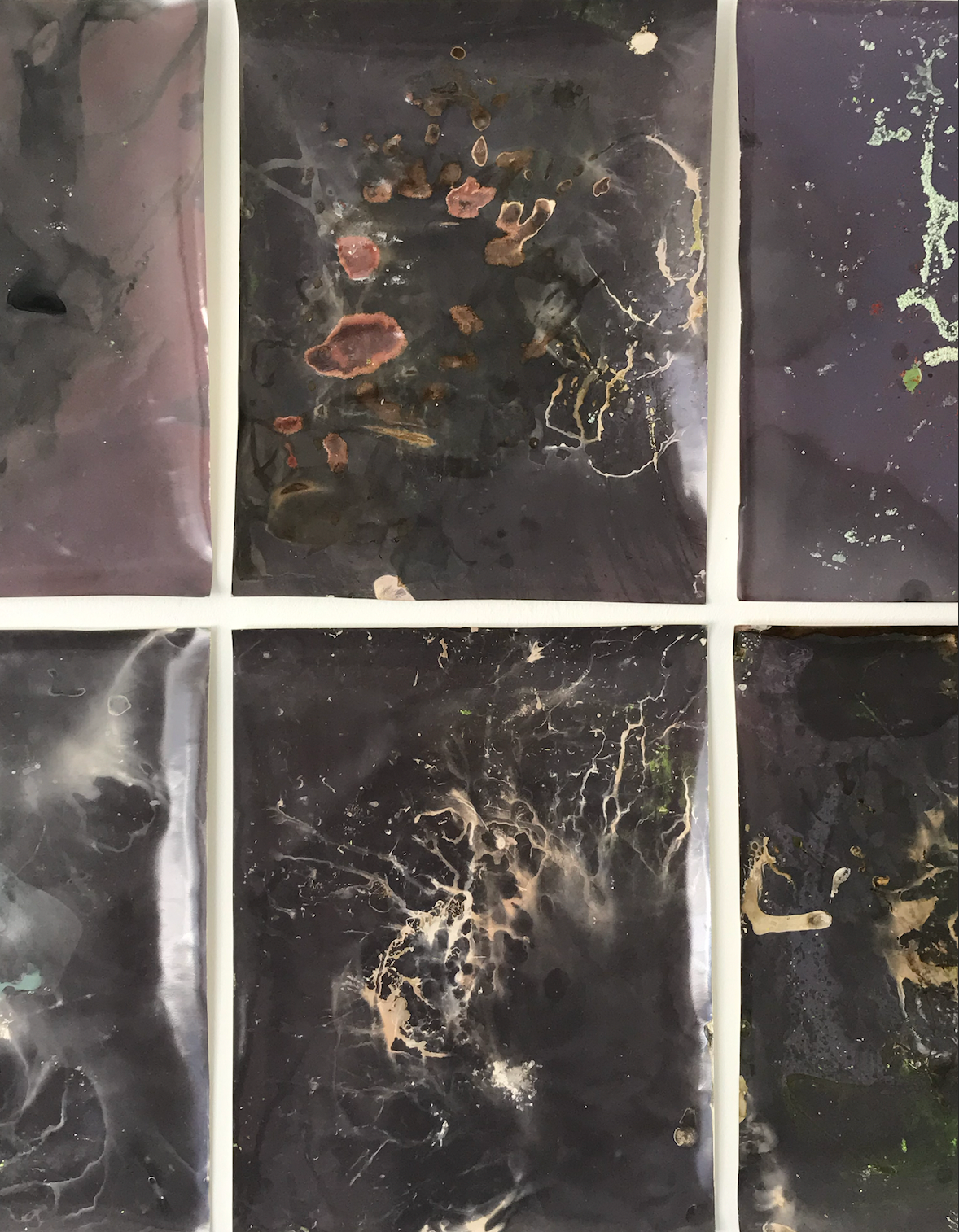
Mehveş Leliç “Untitled 1-8”, Lumen, each 35x28 cm, 2025.
Not unlike Erbaş’s interest in burial, Mehves Leliç’s lumen and cyanotype-based work considers the ground and the built environment’s relationship with it. As an architectural space, İMÇ’s nooks and crannies belie its unsuitability for urban greenery. However, the moss, weeds, and other natural life inhabit İMÇ in percolating, persistent ways. Using chemicals such as bleach - often used to remove natural life from spreading and preserve the integrity of the building materials - Leliç creates imprints of these specimens that lack the beauty required for species to be awarded human cultivation, but have the obstinance to persevere, and have existed long before any urban texture arrived on the site of İMÇ. Pivoting on this imagined origin myth, Leliç uses the intertwining of color and form to produce a mythical world and award the weeds an exalted status, much like the monument despite which they grow.
Cumulatively, the artists in the exhibition are concerned with exploring the life and legacy of space, conceptually, and historically, drawing deep connections between a constructed commercial entity and the aesthetic and environmental properties of the building that houses it. Stray Eye III tracks the ever-changing story of the space and an artist’s permeating gaze into it, much like others that beat, grow, twist and turn to the fickle interests of their human inhabitants.
Mehveş Leliç